The Missal of Cardinal Angelo Acciaiuoli
This is one of the most richly illuminated Missals to survive from the medieval and Renaissance period. It is also one of the best documented manuscripts still in existence.
The Missal boasts sixty-six historiated initials filled with imposing figures or dense narrative scenes, set against burnished gold grounds and engulfed in lush foliage borders. Hundreds of ornamental initials in brilliant colours are sprinkled throughout. The volume preserves the arms and portrait of its original owner, Cardinal Angelo Acciaiuoli, member of a prominent Florentine family. Upon its completion in 1405, he paid 32 golden florins for the art work alone – the equivalent of around £30,000 today.
Learn more about the manuscript by exploring the sections below or selecting folios on the right. Discover further details by choosing any of the folios with the hotspot symbol ![]() .
.
The account books of the Badia, the Benedictine monastery in Florence where Angelo Acciaiuoli was abbot from 1385 until his death in 1408, reveal that the illumination of the Missal was under way by 1402 and was completed in 1405. The accounts preserve the names of the four artists responsible for it: Bartolomeo di Fruosino, Bastiano di Niccolò di Monte, Matteo di Filippo Torelli and his brother Bartolomeo di Filippo Torelli. Only Fruosino’s work is specified in the accounts and can be tentatively identified in the Missal. The contributions of the other three artists cannot be established with certainty. The four illuminators whose work can be distinguished in the historiated initials and border figures are referred to as Hands A, B, C and D. All attributions are tentative because the artists worked in a homogeneous style, shared the same painting materials and techniques, and sometimes collaborated on the same page. It is conceivable that some of the differences observed represent developments in the style of some of these artists over time, from 1402 until 1405.
The manuscript was completed in 1405 for Cardinal Angelo Acciaiuoli (1340-1408). Richard, VII Viscount Fitzwilliam of Merrion (1745-1816), acquired it in 1814 and bequeathed it to the Museum in 1816.
The sixty-six historiated initials mark the beginning of Masses that Cardinal Acciaiuoli would have recited at religious feasts throughout the year. Most of them open the Introits to Masses; a few introduce readings or collects (short prayers). Less important texts begin with ornamental initials, the majority painted in gold and full colours by various hands (compare fols. 1r, 131v, 144v and 267r). A few were executed with a pen and display exquisite red and blue flourishing (e.g. fol. 105r). Originally, the Missal would have been even more splendid. The three missing leaves probably contained a Nativity scene for Christmas (fol. 10), a Crucifixion for the Canon of the Mass prayer Te igitur (fol. 128), and an image of Saints Peter and Paul for their Mass (fol. 203).
The unusual iconography of some historiated initials (e.g. fol. 148r) and the lush acanthus borders populated by fantastic birds derive from manuscripts produced at the Camaldolese monastery of Santa Maria degli Angeli, the leading Florentine scriptorium of the time. Two of the Missal’s documented artists enjoyed close links with the Camaldolese community. Bartolomeo di Fruosino collaborated with the head of the scriptorium, Lorenzo Monaco. By 1400, Matteo Torelli was renting a house from the Camaldolese monks; in 1407, he was described as their ‘friend’.
The palette is very homogeneous across the entire manuscript. It includes carbon black, lead white, brown earths, red lead, vermilion red shaded with an organic dye and ultramarine blue shaded with indigo. Red dyes, probably insect-derived, provide both light and dark pink hues. Lead-tin yellow is used in the images painted within the historiated initials. It is supplemented by other yellow pigments in the initials themselves and in the border ornamentation. Green hues are generally obtained by mixing azurite with a range of yellow pigments, but the dark green triangular leaves found in the borders contain indigo and an arsenic sulphide yellow. Gold and silver leaf are laid over a ground containing a red earth and gypsum. Mosaic gold adds sparkle to the birds’ feathers and other details in the borders. Egg yolk is used as a binder in some parts of the decoration.
The homogeneous palette and consistent use of egg yolk reveal a very close collaboration between the artists responsible for the Missal’s figural decoration and do not help distinguish among them. Nevertheless, examination under the microscope allows four main hands to be discerned on the basis of differences in facial types, the scale of figures and the level of execution, particularly obvious in the blending of flesh tones and the modelling of drapery (see individual folios for examples of Hands A, B, C and D’s work).
Further evidence about the artists’ methods of work is revealed by the instructions written beside some of the historiated initials.
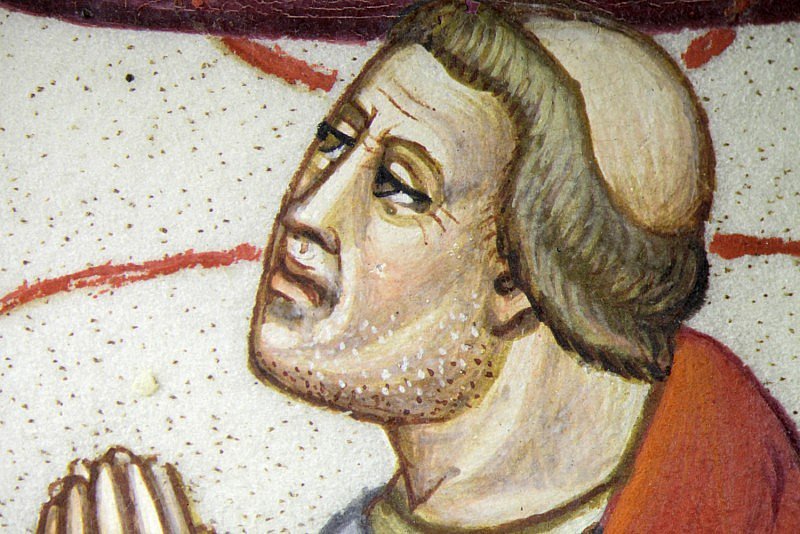
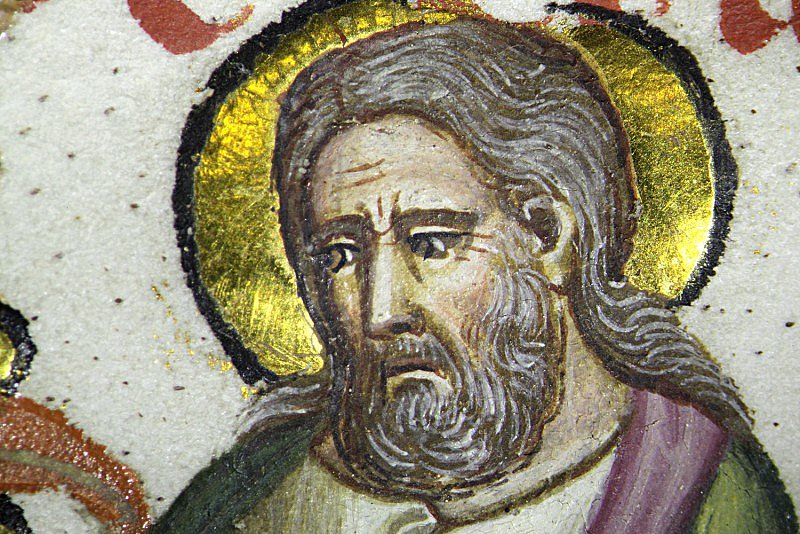
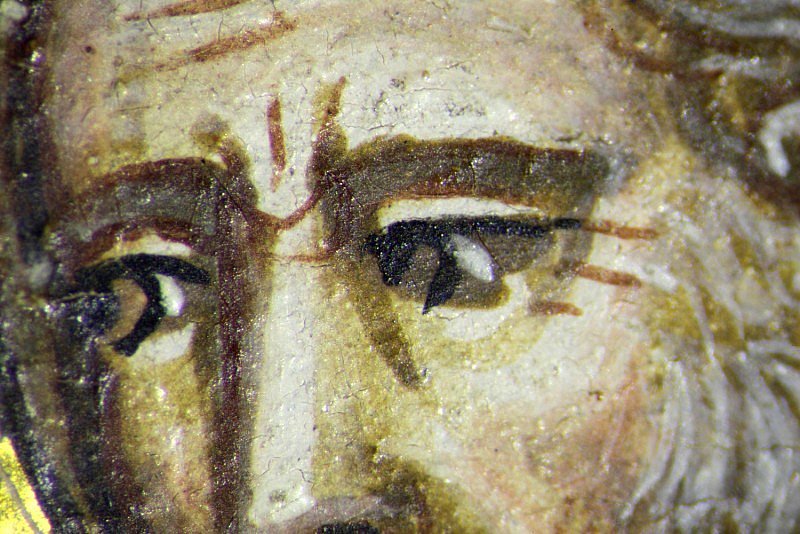
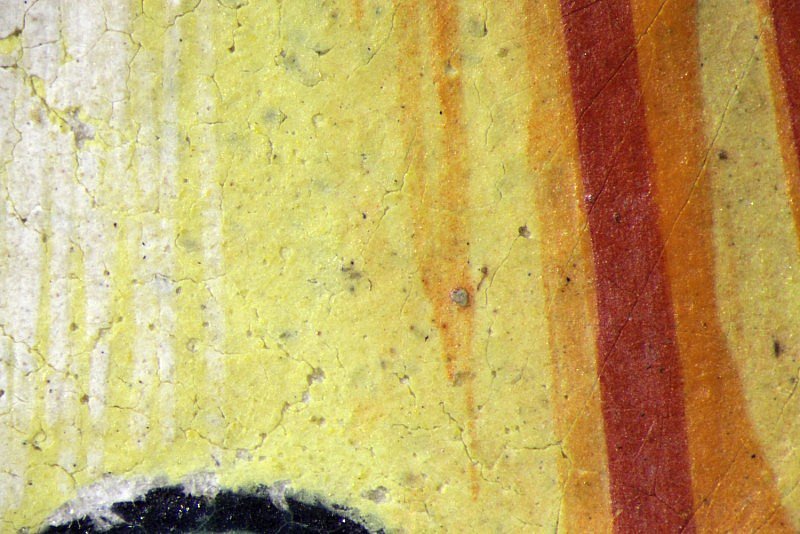
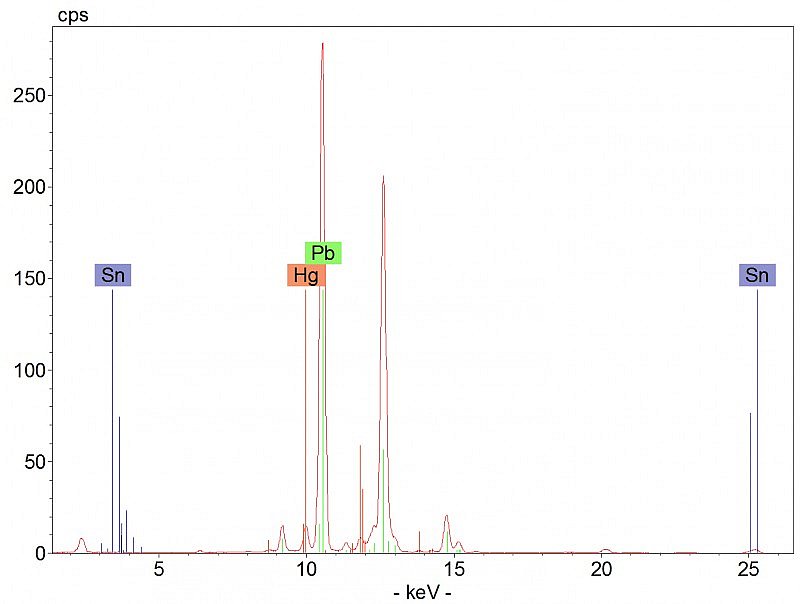
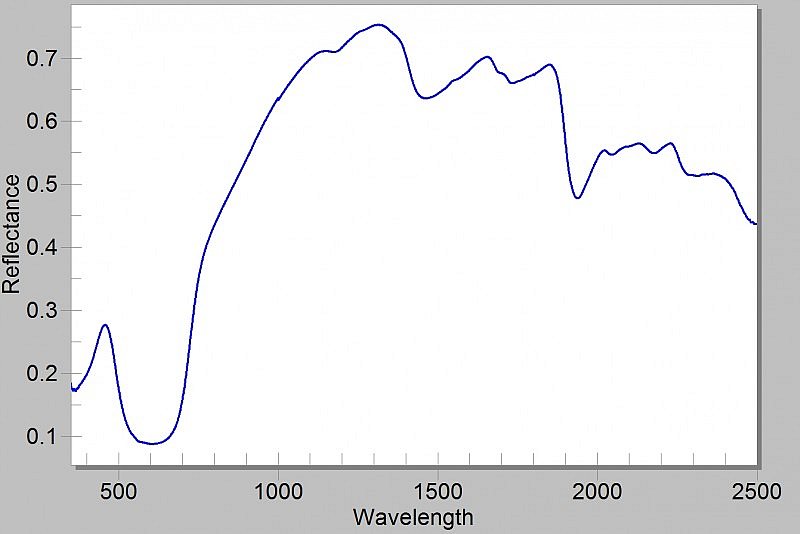
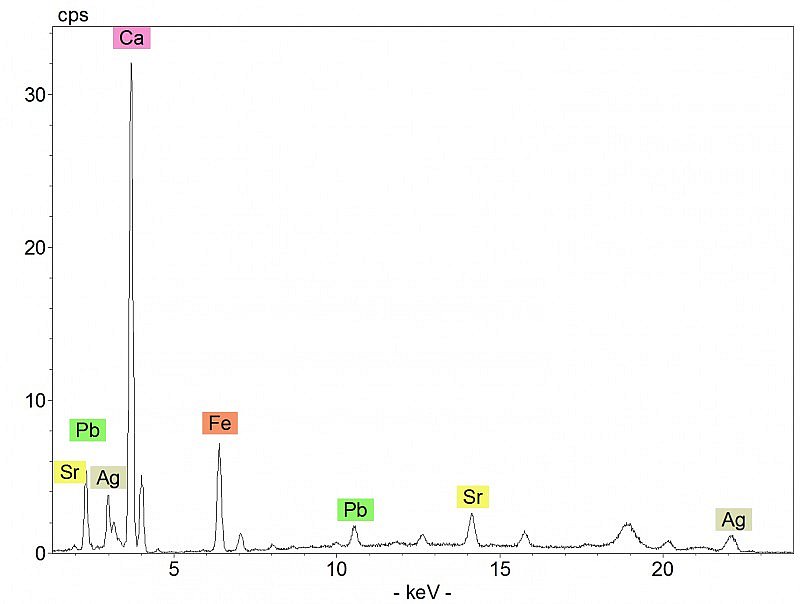
Historiated initials and border with Angelo Acciaiuoli’s portrait and arms (Mass for Pentecost Sunday)
The S introduces the Mass for Pentecost, while the smaller initial D with the dove of the Holy Spirit opens the collect (short prayer) recited on Pentecost Sunday. The presence of two historiated initials, and of the patron’s portrait and arms, signal the importance of the feast.
The initial S shows the Virgin and the twelve apostles receiving the Holy Spirit in an interior above and, below, the peoples of the nations of the world, to whom the apostles will soon begin to preach in tongues, gathered outside. This unusual and busy rendition of Pentecost is a faithful replica of an image painted by Don Silvestro dei Gherarducci in a manuscript produced at Santa Maria degli Angeli a decade earlier. Less crowded versions of the same composition were reused later by Lorenzo Monaco and Bartolomeo di Fruosino.
This page is representative of Hand B’s work. The Cardinal’s portrait (hotspot 1) exemplifies the monumental figures and robust facial types characteristic of this artist, as do the figures of the prophets depicted in the upper border (hotspot 2).